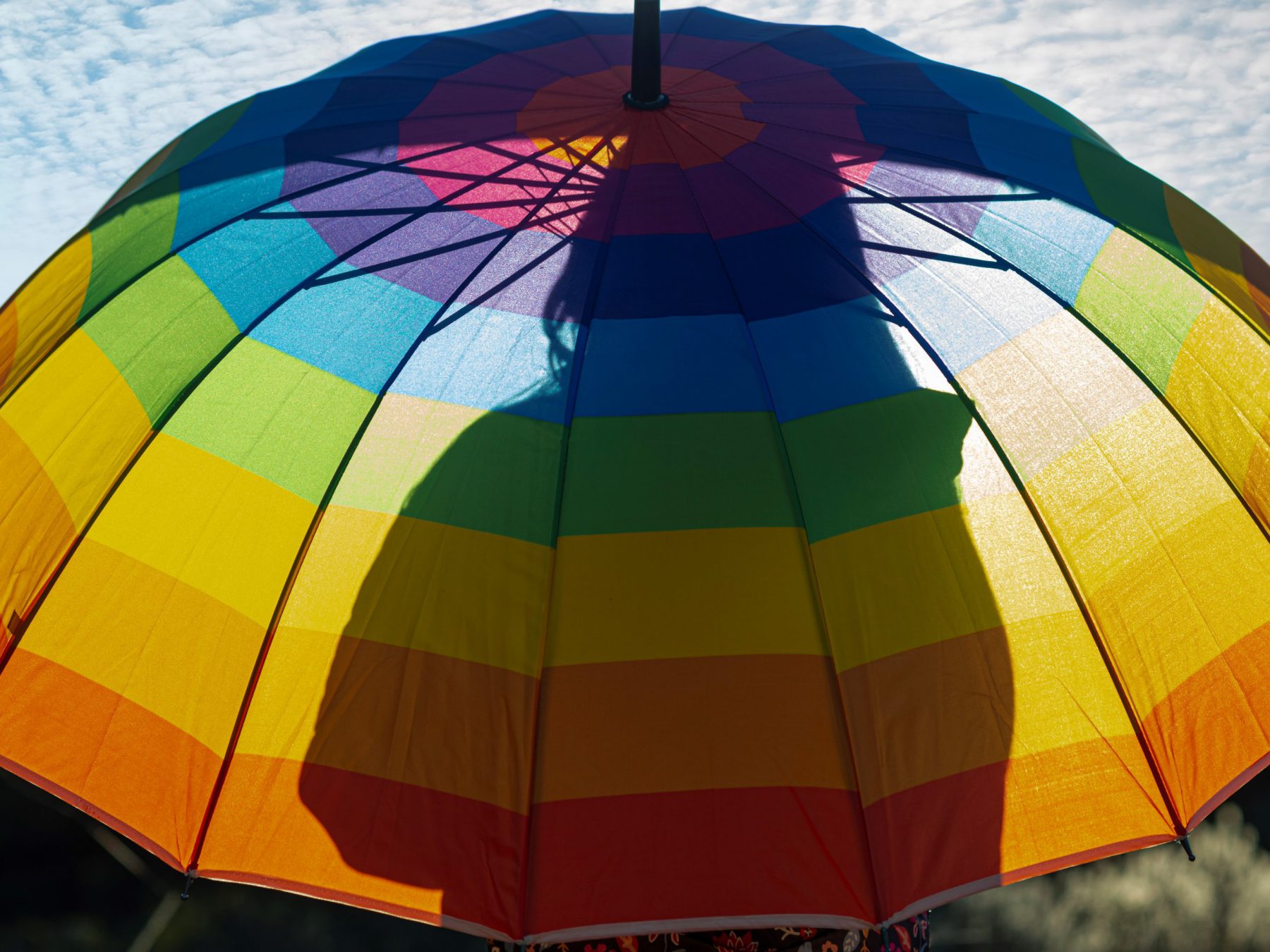
The acronym LGBTQ has its perks. It binds together gender and sexual minorities under an easily understood umbrella term. It creates the impression of a large group of natural allies when it comes to policy debates and attacks on identity. It also helps to define, and rally around, certain kinds of media visibility, like Disney’s recent inclusion of a lesbian family in its new animated film “Lightyear.”
The term LGBTQ also has its place in journalism — usually when referring to sweeping celebrations (Pride) or attacks against various identities (legislation that bans education about both sexual orientation and gender, for example). Otherwise, it’s important for journalists, especially those who aren’t queer or trans themselves, to realize that within the LGBTQ umbrella lies a range of individual identities — lesbian, gay, bisexual, transgender and queer (see also intersex, asexual and other sexualities included in the LGBTQIA+ variant) — and each one is different from the other.
We’re long past the days when using the acronym to describe a single person or issue should be considered acceptable journalistically. The same goes for asking someone from one identity to speak on behalf of another. During a time when conservative politicians are seeking to intrude upon trans lives — with 18 states passing anti-trans athlete laws and Texas investigating families that support their trans kids — the need for media to platform transgender voices is more critical than ever.
However, using specific language and appropriate sourcing still seems to be a struggle for some in media, especially when covering political attacks against trans people. When trans people open the newspaper or scroll through their news feeds, we often find we are too easily rolled into more general LGBTQ coverage. For example, gender-affirming care for trans kids is referred to vaguely as “LGBTQ heath care,” a generality that even medical professionals warn against using since each identity has unique needs.
Oftentimes, it’s politicians doing the erasure, inaccurately referring to attacks on trans rights as threats to a more general “LGBTQ rights.” Media then repeats that language in its coverage. This happened often during Donald Trump’s presidency, with news outlets calling his trans military ban “a rollback on LGBTQ rights.” While the terminology may have been correct in a broad sense, there was only one letter facing the attack, and the media should tell us which letter it was. It’s our job as journalists to be accurate.
“A lot of news outlets tend to use the acronym ‘LGBTQ’ as best practice,” Tuck Woodstock, co-founder of Sylveon Consulting, which advises newsrooms on how to sensitively cover trans issues, told NBC News. “If we look at The New York Times, they’ll have a writer who wants to talk about a queer bar, and they will insist on changing it to ‘LGBTQ’ bar. It’s funny because we just don’t call it that as a community.”
This example gets more awkward when you consider how often a news source will refer to a single person as “identifying as LGBTQ.” It leaves readers wondering which of the letters actually describes their identity?
“We lose accuracy and specificity,” said Woodstock. “The other thing it does is we end up in a situation where we’re using language that is different than the language of the people who are impacted by the story use for themselves. So by calling someone LGBTQ when they’re specifically bisexual or specifically trans, we’re implying that their experience might be relevant to anyone who identifies as an identity within that acronym.”
This same problem arises when it comes to sourcing, with journalists often turning to well-known general LGBTQ organizations for quotes about anti-trans legislation, without speaking to trans people about how this policy affects them. For example, a March 2021 Politico story about Republicans launching political attacks on trans athletes didn’t quote a single trans person, instead opting to quote a cisgender attorney from the Human Rights Campaign. While HRC does good work on trans issues, using a non-trans person as your only source to speak on behalf of all trans people in the U.S. is irresponsible and lazy. In the wake of the U.S. Supreme Court’s Bostock v. Clayton decision in 2020, the court’s first-ever ruling on a trans rights issue, trans advocate Gillian Branstetter documented in a Twitter thread 12 incidents of mainstream media outlets (including The New York Times, The Washington Post, NPR and Reuters) that failed to quote a single trans source about the ruling.
“If I was writing a story about airplane safety, I would want to interview pilots and engineers and air traffic controllers, not someone who has seen a plane one time,” said Woodstock. “It doesn’t make any journalistic sense for someone to write a story about a group of people without talking to anyone in that group of people. It’s not a trans-specific concept, it’s just literally bad writing.”
This exclusion extends outside of political coverage, too — and it doesn’t have to. From finance, to sports to arts and culture, there is always a trans expert willing to be quoted about how trans people are affected by a given story. If journalists don’t know where to turn, the Trans Journalist Association can likely steer them in the right direction.
These little things matter, especially to the trans people who read the news and are affected by it. At a moment when trans people are facing the wrath of conservatives across the country, it’s important that they not get erased from their own stories.


